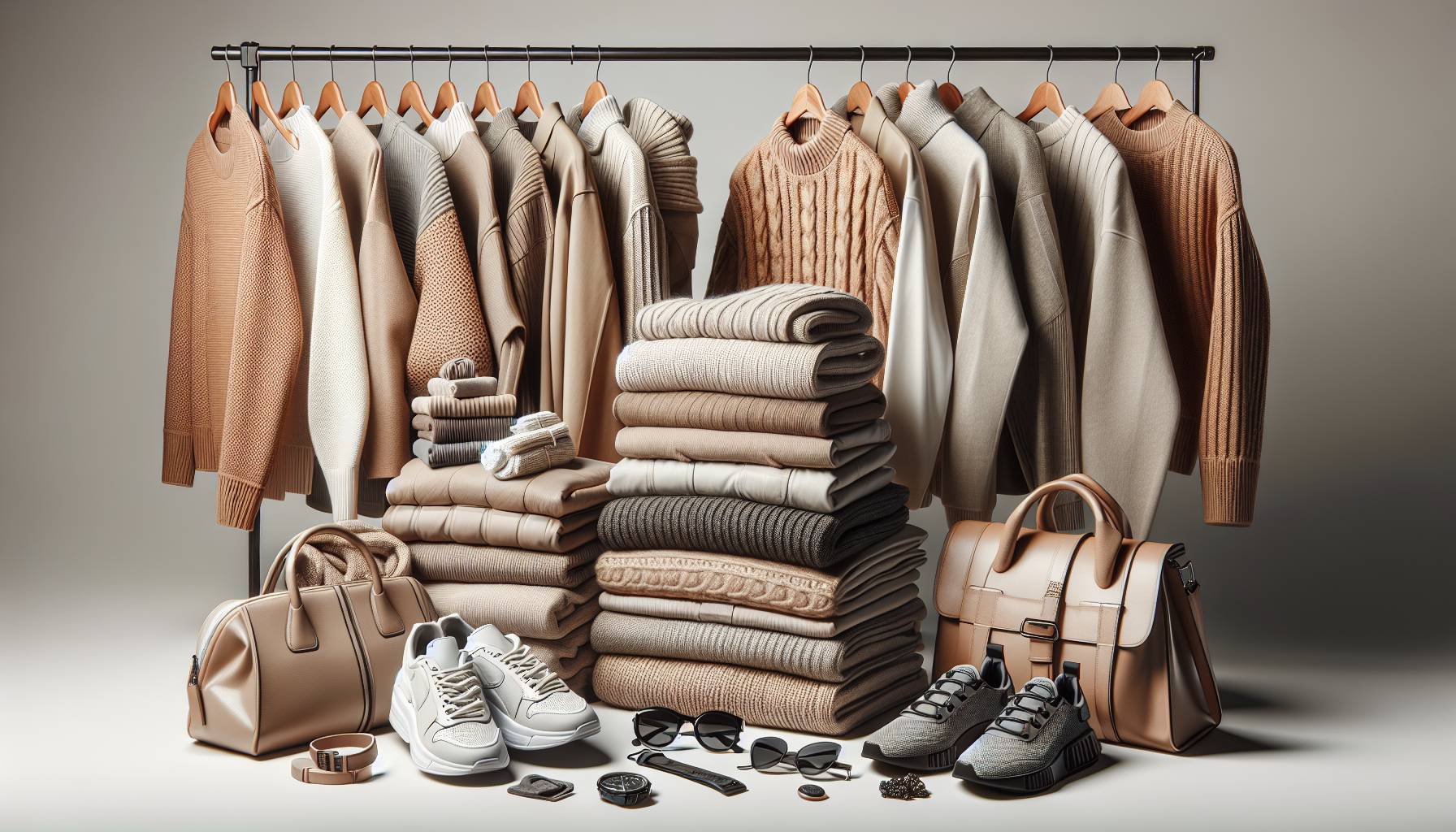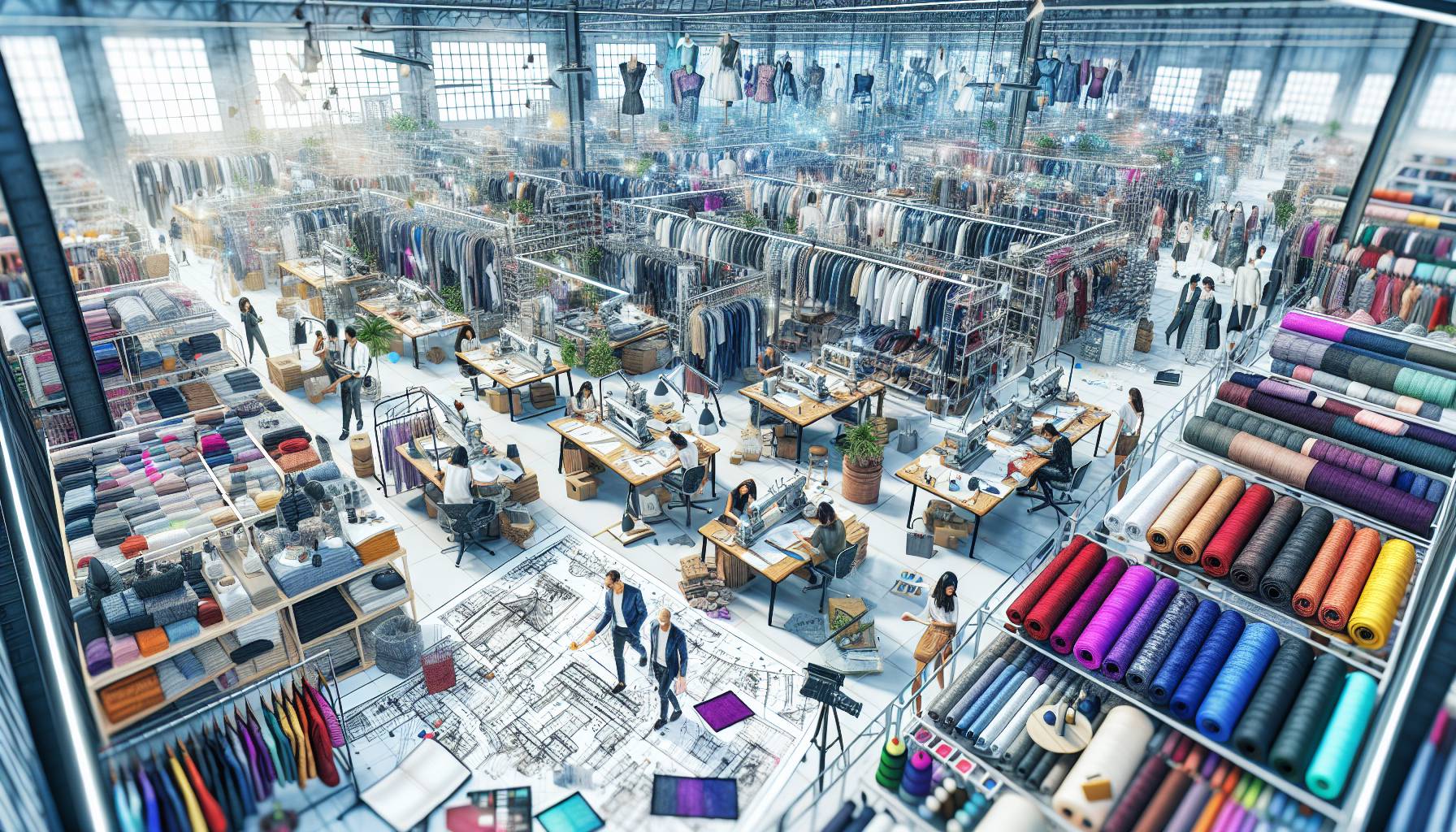Iconic celebrity ensembles
Zendaya made a triumphant return to the Met Gala red carpet, captivating onlookers with not one, but two jaw-dropping ensembles. Her first look, a dramatic custom creation by Maison Margiela, featured a sculptural silhouette with intricate detailing that paid homage to this year’s theme. Later in the evening, she surprised guests with a second outfit—a vintage Givenchy gown from the John Galliano era—proving her status as a true fashion chameleon.
Australian actress Margot Robbie turned heads in a sleek, reimagined Chanel number that blended classic elegance with modern edge. The black-and-white gown, adorned with subtle crystal embellishments, was a nod to Old Hollywood glamour while still feeling fresh and contemporary. Her minimalist styling and effortless poise made her one of the evening’s standout stars.
Rihanna once again stole the show, arriving fashionably late in a voluminous, sculptural ensemble by Balenciaga. The dramatic cape and floral headpiece created a powerful silhouette that commanded attention. Known for her bold fashion choices, Rihanna’s look was both avant-garde and deeply aligned with the event’s artistic spirit.
Timothée Chalamet brought a touch of androgynous flair to the red carpet in a custom Haider Ackermann suit featuring asymmetrical tailoring and metallic accents. His choice to pair the look with pearl accessories and sleek boots added a rebellious twist, cementing his reputation as a fearless fashion risk-taker.
Also making waves was Sydney Sweeney, who embraced the theme with a romantic, pastel-hued gown by Miu Miu. The delicate lace and corset detailing evoked a sense of vintage charm, while the dramatic train and bold makeup gave the look a modern edge. Her ensemble was widely praised for its balance of whimsy and sophistication.
These unforgettable celebrity ensembles not only showcased the creativity and craftsmanship of the designers behind them but also highlighted the stars’ ability to interpret fashion as a form of storytelling. Each look contributed to the night’s visual spectacle, making this year’s Met Gala one of the most memorable in recent history.
Designers who stole the spotlight
This year’s Met Gala was a masterclass in design innovation, with several fashion houses and visionary designers commanding attention for their bold interpretations and meticulous craftsmanship. Among the most talked-about was Daniel Roseberry for Schiaparelli, who dressed multiple A-listers in surrealist-inspired couture. His use of exaggerated silhouettes, gilded anatomical motifs, and celestial embellishments brought a sense of theatricality that perfectly aligned with the evening’s imaginative theme.
Australian designer Dion Lee made a significant impact, marking a proud moment for local fashion. His futuristic, body-sculpting designs were seen on several rising stars, blending architectural structure with fluid movement. Lee’s use of metallic mesh and corsetry elements offered a fresh take on red carpet glamour, earning him praise from international fashion critics and solidifying his place on the global stage.
Pierpaolo Piccioli of Valentino continued his reign as a red carpet favourite, with his ethereal, colour-saturated gowns gracing some of the night’s most photographed celebrities. His signature use of bold hues and voluminous shapes created a dreamlike effect, transforming the Met steps into a living canvas of haute couture. The craftsmanship in each piece—hand-embroidered florals, cascading ruffles, and intricate beadwork—was a testament to the house’s dedication to artistry.
Thom Browne also emerged as a standout, pushing the boundaries of traditional tailoring with his conceptual ensembles. Known for his avant-garde approach, Browne dressed several guests in deconstructed suits and sculptural gowns that played with proportion and symmetry. His designs sparked conversation for their intellectual depth and visual impact, proving that fashion can be both cerebral and stunning.
Emerging talent also had their moment, with designers like Harris Reed and Thebe Magugu bringing fresh perspectives to the red carpet. Reed’s gender-fluid creations, rich in historical references and dramatic silhouettes, challenged conventional norms while celebrating individuality. Meanwhile, Magugu’s South African heritage shone through in his vibrant prints and storytelling-driven designs, offering a powerful narrative that resonated with audiences worldwide.
These designers didn’t just dress celebrities—they shaped the visual language of the evening. Their fearless creativity and commitment to pushing fashion forward ensured that the 2025 Met Gala was not only a celebration of style, but also a showcase of the designers who continue to redefine what couture can be.
Trendsetting looks and emerging themes
This year’s Met Gala red carpet was a playground for bold experimentation, with several key trends emerging that are likely to influence fashion well beyond the event itself. One of the most prominent themes was a return to maximalism—think exaggerated silhouettes, opulent textures, and layered embellishments. From oversized bows and cascading ruffles to intricate beadwork and metallic appliqués, the red carpet was awash with looks that embraced drama and decadence in equal measure.
Another standout trend was the fusion of historical references with futuristic elements. Many attendees opted for garments that nodded to Victorian and Edwardian fashion—corsetry, puffed sleeves, and high collars—reimagined through a modern lens with the use of unconventional materials like latex, mesh, and holographic fabrics. This blend of past and future created a striking visual narrative that felt both nostalgic and forward-thinking.
Gender-fluid fashion continued to gain momentum, with several celebrities challenging traditional norms through their sartorial choices. Flowing gowns on male-identifying guests and structured tailoring on female-identifying attendees blurred the lines of conventional red carpet dressing. This shift not only reflected broader cultural conversations around identity and expression but also highlighted the versatility and inclusivity of contemporary couture.
Colour also played a significant role in defining the evening’s aesthetic. While classic black and white ensembles remained popular, there was a noticeable surge in jewel tones—emerald green, sapphire blue, and deep amethyst—alongside softer pastels like blush pink and lavender. These hues added depth and richness to the red carpet, offering a refreshing departure from the more muted palettes of previous years.
Accessories were anything but an afterthought, with statement pieces taking centre stage. Oversized headpieces, opera-length gloves, and dramatic capes were among the most eye-catching additions, often serving as focal points of the entire ensemble. Footwear also saw a creative twist, with platform boots, embellished heels, and even barefoot looks making appearances, further underscoring the night’s embrace of individuality and artistic expression.
In terms of beauty, makeup and hair choices leaned into the fantastical. Glittering eye shadows, bold lip colours, and intricate hair sculptures complemented the avant-garde fashion on display. Many attendees used their beauty looks to echo the themes of their outfits, creating cohesive and immersive visual stories that captivated onlookers and photographers alike.
These trendsetting looks not only captured the spirit of the Met Gala’s theme but also set the tone for what’s to come in the world of fashion. From daring silhouettes to inclusive styling, the 2025 red carpet proved that the future of fashion is as imaginative as it is inclusive.
Iconic celebrity looks
Zendaya made a triumphant return to the Met Gala after a five-year hiatus, commanding attention in not one but two jaw-dropping ensembles. Her first look, a custom Maison Margiela Artisanal gown by John Galliano, featured a dramatic peacock-hued corset and sculptural skirt, perfectly capturing the evening’s theme with theatrical flair. Later in the night, she stunned again in a vintage Givenchy haute couture gown from Galliano’s 1996 collection, paired with a towering floral headpiece by Philip Treacy — a true masterclass in red carpet drama.
Rihanna, ever the Met Gala queen, arrived fashionably late but undeniably worth the wait. Draped in a sculptural white Valentino gown with a voluminous floral hood and sweeping train, she brought high-concept glamour with her signature edge. Her look was a nod to bridal fantasy, reimagined through a couture lens — bold, romantic, and unmistakably Rihanna.
Australian darling Nicole Kidman turned heads in a custom Balenciaga gown that shimmered with thousands of hand-applied crystals. The sleek silhouette and exaggerated train gave a nod to Old Hollywood, while the icy silver hue added a futuristic twist. Her look was a standout moment of refined elegance and timeless sophistication.
Cardi B delivered not one but four outfit changes throughout the night, each more extravagant than the last. Her main red carpet look, a black tulle gown by Windowsen, featured a 10-metre train and sculptural bodice that required multiple handlers. It was a bold, theatrical statement that embodied the spirit of the Met Gala — unapologetically over-the-top and unforgettable.
Florence Pugh debuted a dramatic buzzcut and wore a custom Valentino creation that combined soft femininity with architectural structure. The pale pink satin gown featured a sweeping cape and plunging neckline, balanced by minimalist accessories and her striking new look. It was a powerful reinvention moment that resonated with fashion insiders and fans alike.
Gigi Hadid brought classic glamour with a twist in a Thom Browne corseted gown adorned with over three million microbeads. The black-and-white palette and exaggerated hip structure paid homage to historical silhouettes, while the intricate craftsmanship elevated the look to couture artistry. Her ensemble was a standout for its precision and polish.
Designers behind the masterpieces
This year’s Met Gala was not only a showcase of celebrity style but a celebration of the visionary designers who brought the theme to life with extraordinary craftsmanship and conceptual brilliance. John Galliano, the creative force behind Zendaya’s Maison Margiela Artisanal gown, delivered a theatrical masterpiece that fused historical references with avant-garde construction. His second contribution — the archival Givenchy haute couture piece from 1996 — reminded the fashion world of Galliano’s enduring influence and ability to create moments that transcend time.
Pierpaolo Piccioli of Valentino once again proved his mastery of volume and romance with Rihanna’s sculptural white gown. The floral hood, constructed from layers of silk organza, was a feat of engineering, blending bridal fantasy with high fashion drama. Piccioli’s ability to balance softness with structure made the look one of the night’s most talked-about creations.
Demna Gvasalia’s custom Balenciaga design for Nicole Kidman was a study in restraint and embellishment. The gown’s sleek silhouette was elevated by thousands of hand-applied crystals, each one catching the light with icy precision. Gvasalia’s minimalist approach allowed the craftsmanship to shine, offering a modern take on classic glamour that resonated with the Australian star’s timeless elegance.
Chinese designer Sensen Lii of Windowsen made a bold statement with Cardi B’s dramatic black tulle gown. Known for his futuristic and maximalist aesthetic, Lii pushed boundaries with a 10-metre train and sculptural bodice that required a team to manoeuvre. The look was a testament to the power of emerging designers to command global attention on fashion’s biggest stage.
Pierpaolo Piccioli also dressed Florence Pugh in a custom Valentino gown that balanced softness and strength. The pale pink satin, architectural cape, and plunging neckline created a silhouette that was both ethereal and commanding. Piccioli’s dual presence on the carpet underscored his versatility and deep understanding of modern femininity.
Thom Browne’s meticulous craftsmanship was on full display in Gigi Hadid’s corseted gown, which featured over three million hand-applied microbeads. The exaggerated hips and monochrome palette paid homage to Victorian silhouettes while pushing the boundaries of contemporary couture. Browne’s ability to merge historical references with modern tailoring made the look a standout in both concept and execution.
This year’s Met Gala was a reminder that behind every unforgettable red carpet moment is a designer — or team of artisans — whose vision, technique, and storytelling elevate fashion into art. From heritage houses to rising talents, the night belonged as much to the ateliers as it did to the stars.

